The temple of Preah Khan is one of the largest complexes at Angkor, a maze of vaulted corridors, fine carvings and lichen-clad stonework. It is a good counterpoint to Ta Prohm and generally sees slightly fewer visitors. Like Ta Prohm it is a place of towered enclosures and shoulder-hugging corridors. Unlike Ta Prohm, however, the temple of Preah Khan is in a reasonable state of preservation thanks to the ongoing restoration efforts of the WMF.
Preah Khan was built by Jayavarman VII and probably served as his temporary residence while Angkor Thom was being built. The central sanctuary of the temple was dedicated in AD 1191.
A large stone stela tells us much about Preah Khan’s role as a centre for worship and learning. Originally located within the first eastern enclosure, this stela is now housed safely at Angkor Conservation in Siem Reap. The temple was dedicated to 515 divinities, and during the course of a year 18 major festivals took place here, requiring a team of thousands just to maintain the place.
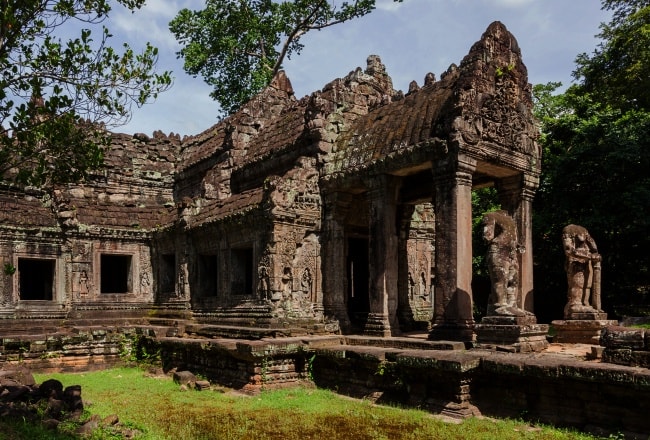
Preah Khan covers a very large area, but the temple itself is within a rectangular enclosing wall of around 700m by 800m. Four processional walkways approach the gates of the temple, and these are bordered by another stunning depiction of the Churning of the Ocean of Milk, as in the approach to Angkor Thom, although most of the heads have disappeared. From the central sanctuary, vaulted galleries extend in the cardinal directions. Many of the interior walls were once coated with plaster that was held in place by holes in the stone. Today many delicate reliefs remain, including rishi and apsara carvings.
A genuine fusion temple, the eastern entrance is dedicated to Mahayana Buddhism with equal-sized doors, and the other cardinal directions dedicated to Shiva, Vishnu and Brahma with successively smaller doors, emphasising the unequal nature of Hinduism.
The main entrance to Preah Khan is in the east, but most tourists enter at the west gate near the main road, walk the length of the temple to the east gate before doubling back to the central sanctuary and exiting at the north gate. Approaching from the west, there is little clue to nature’s genius, but on the outer retaining wall of the east gate is a pair of trees with monstrous roots embracing, one still reaching for the sky. There is also a curious Grecian-style two-storey structure in the temple grounds, the purpose of which is unknown, but it looks like an exile from Athens. Nearby is the Hall of Dancers, a former performance space that has some impressive apsara carvings.
Another option is to enter from the north and exit from the east. Given its vast size, it is sensible to set aside at least 1½ to two hours to explore this temple.
Below is the glimpse of Preah Khan in 360o viewing:


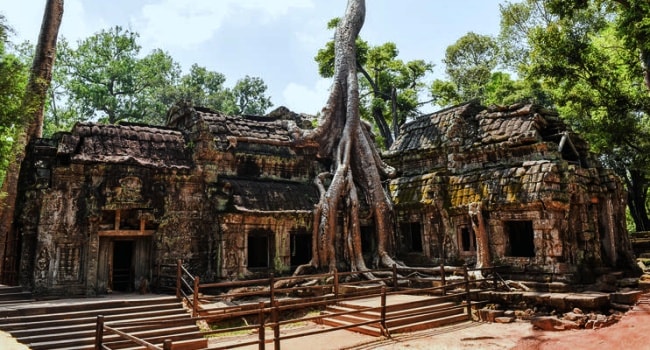

 02/01/2026
02/01/2026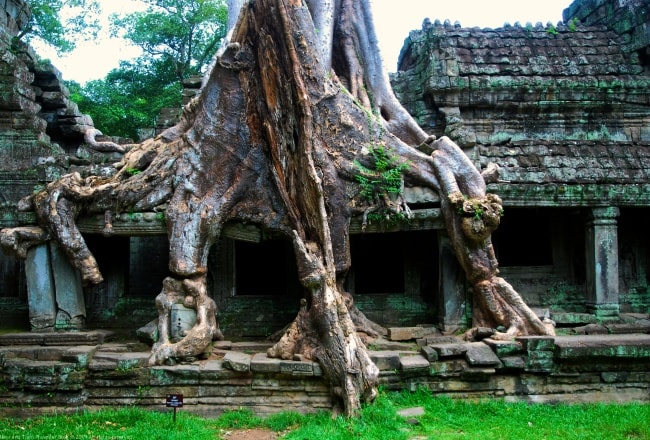
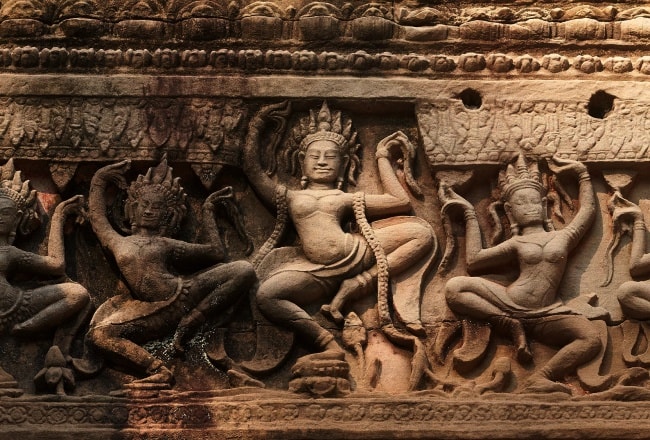
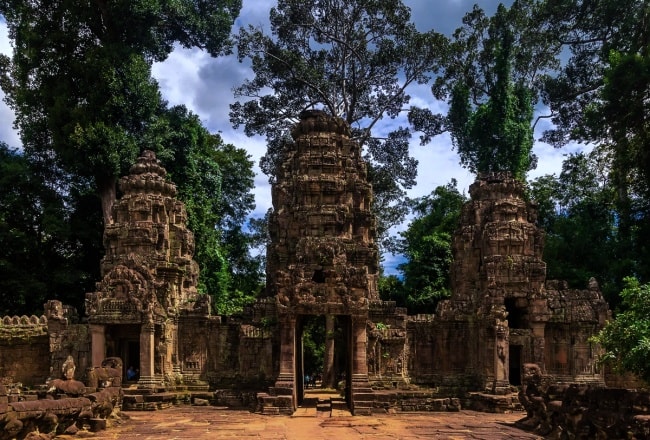
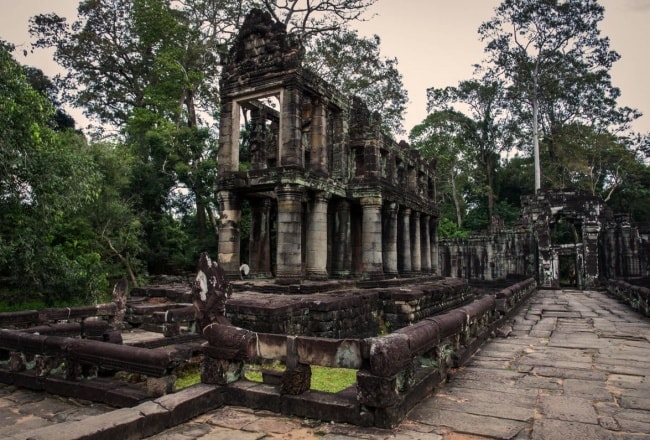
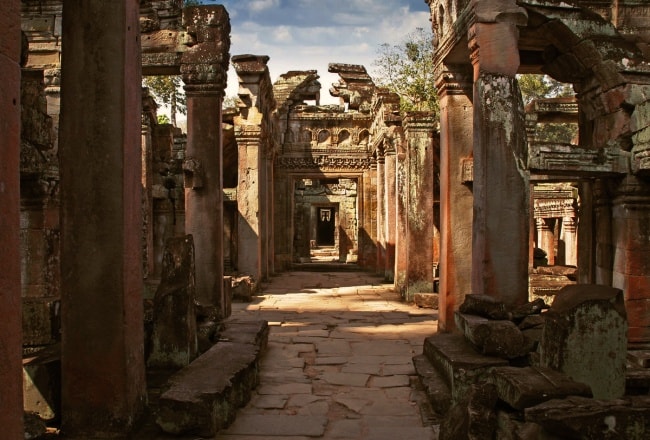
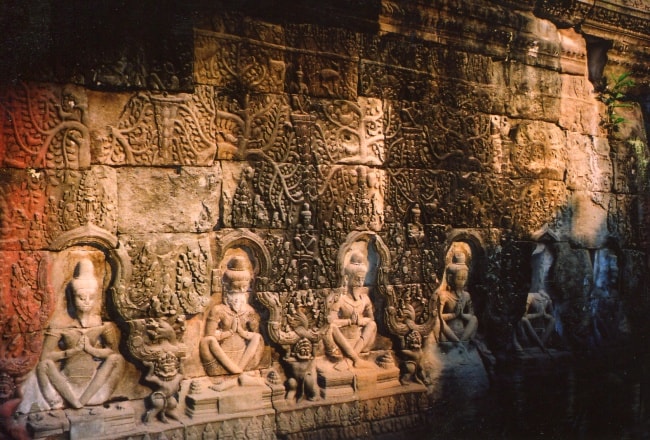
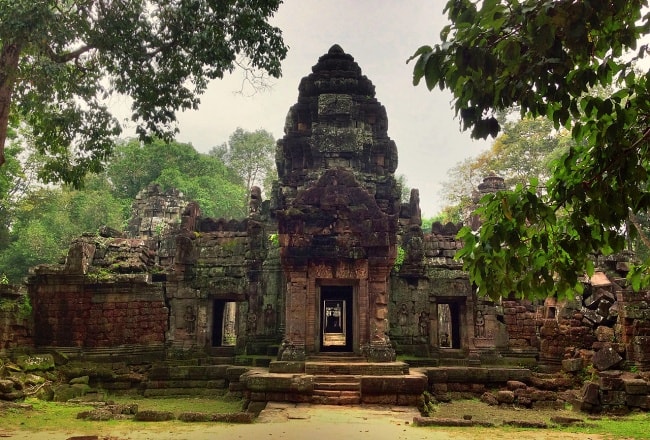
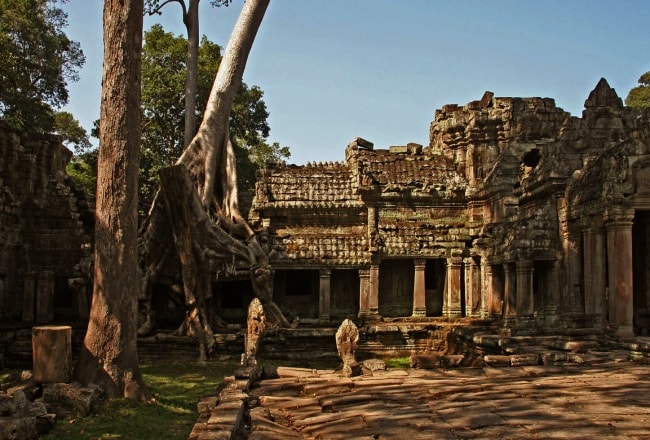
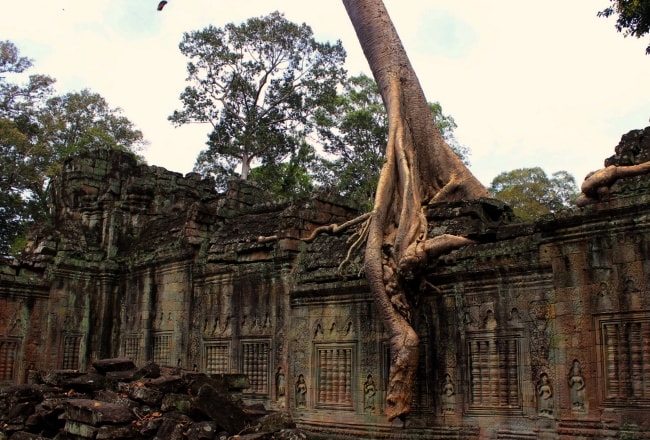
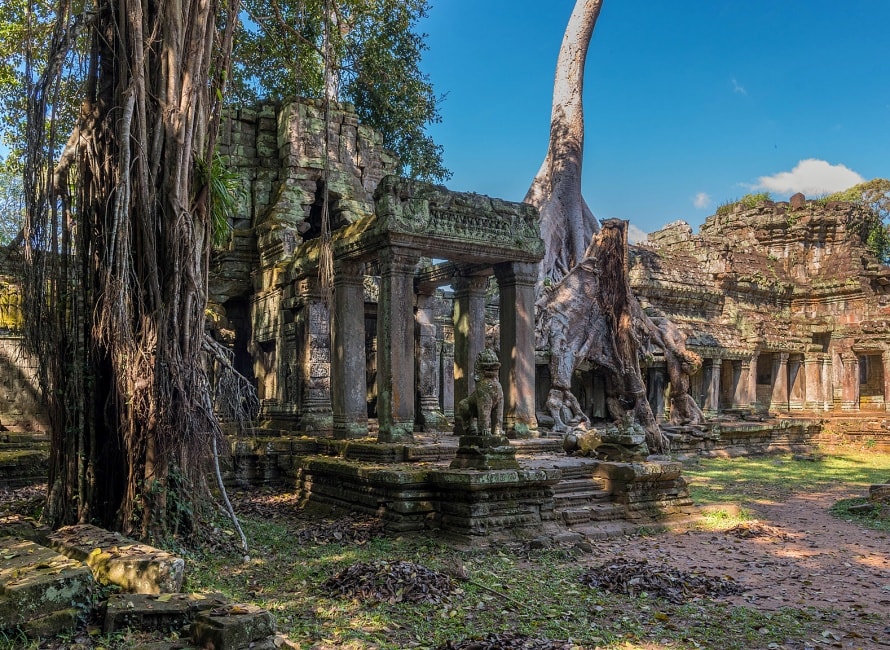
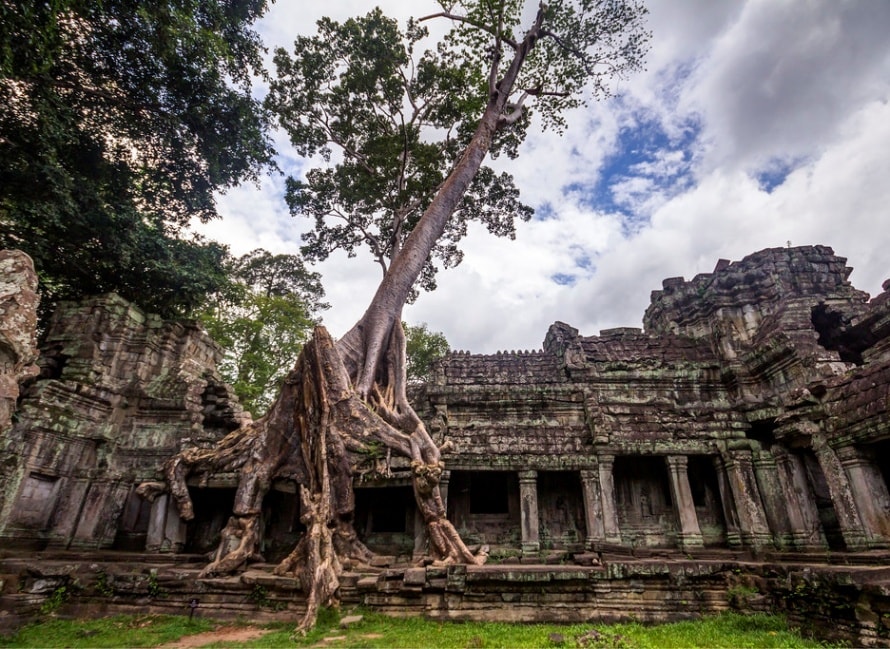
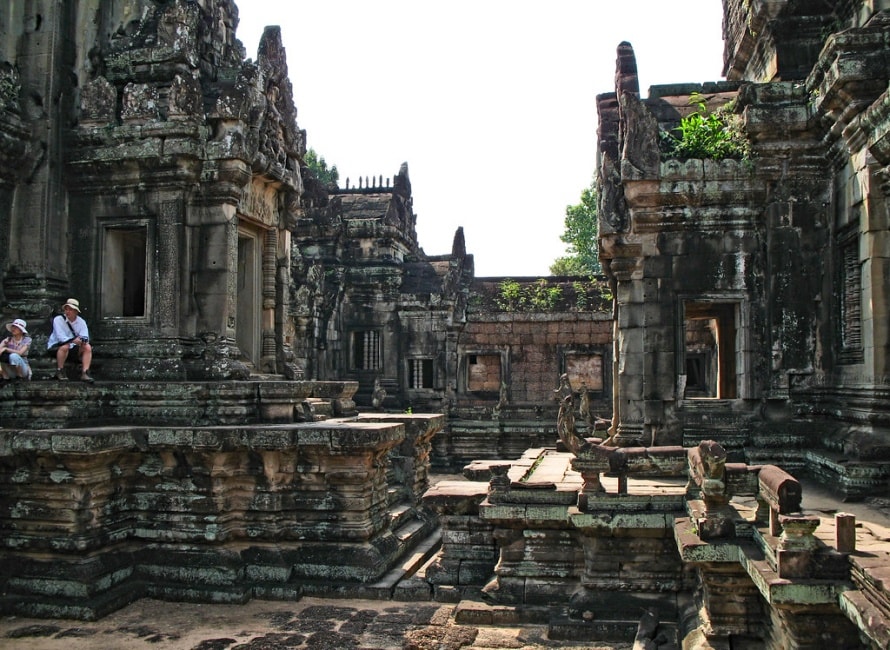
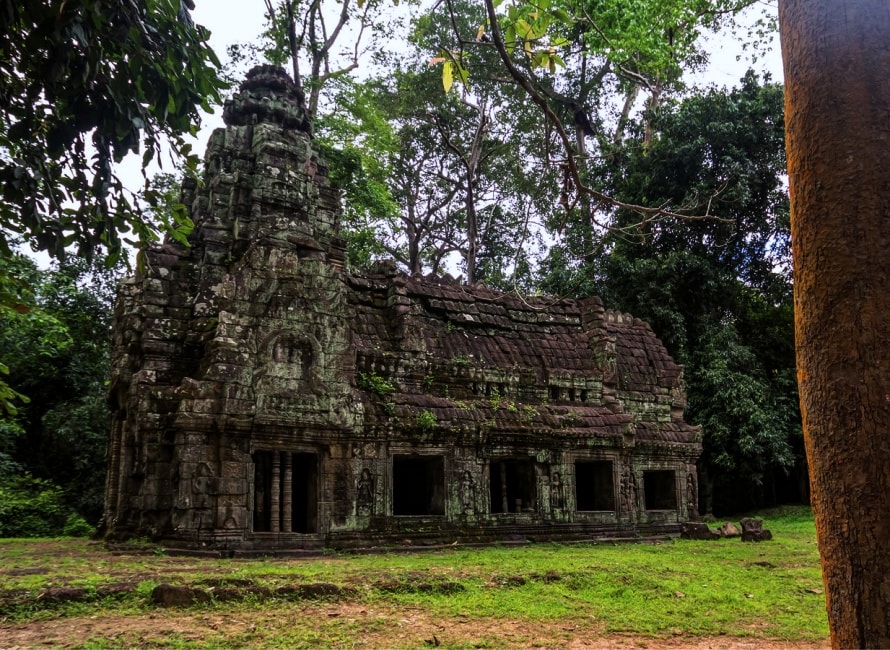

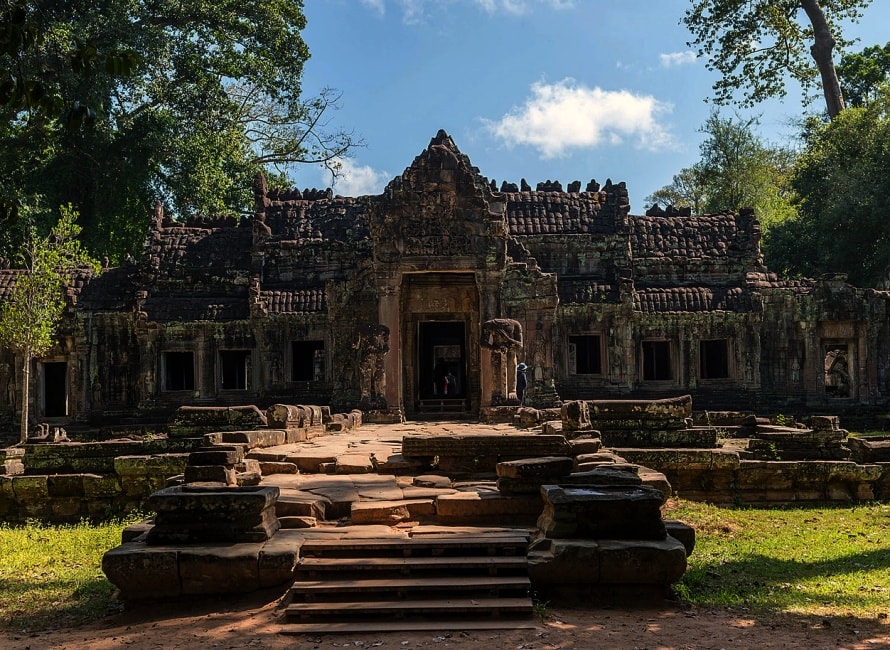
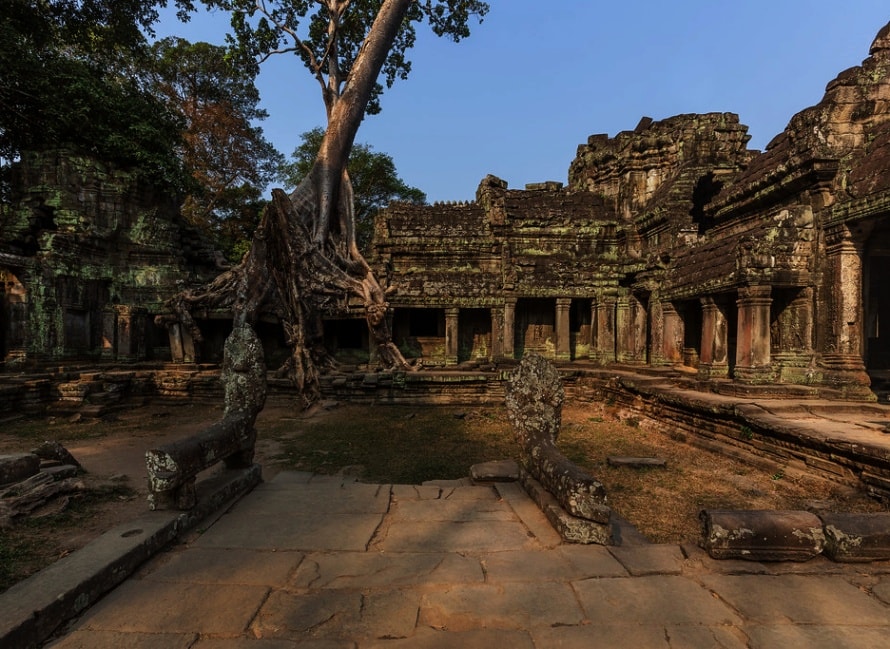






















Jolie LIEMMy name is Jolie, I am a Vietnamese girl growing up in the countryside of Hai Duong, northern Vietnam. Since a little girl, I was always dreaming of exploring the far-away lands, the unseen beauty spots of the world. My dream has been growing bigger and bigger day after day, and I do not miss a chance to make it real. After graduating from the univesity of language in Hanoi, I started the exploration with a travel agency and learning more about travel, especially responsible travel. I love experiencing the different cultures of the different lands and sharing my dream with the whole world. Hope that you love it too!